Pontiac didn’t just build the GTO—it lit the fuse on the entire muscle car era. What started as a clever loophole in GM’s rules turned into a performance revolution that redefined the brand’s image. From 1964 through the early ’70s, Pontiac sold speed, swagger, and attitude—and buyers couldn’t get enough.
But the peak didn’t last. Rising insurance rates, government regulations, and changing public opinion slowly chipped away at the market Pontiac helped create. This is the story of how Pontiac built the muscle car everyone chased—and what happened when the rules changed.
1964: The GTO Changes the Game
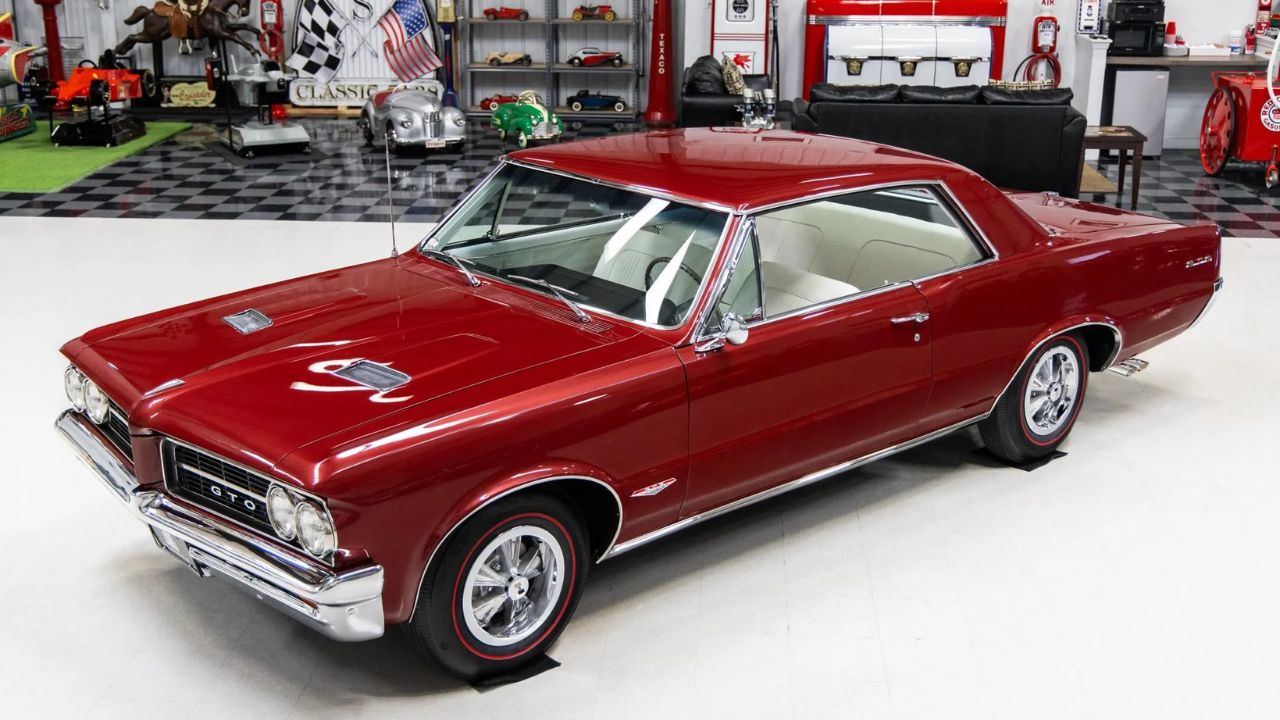
In 1964, Pontiac introduced what many consider the first true muscle car: the GTO. It wasn’t its own model yet—it was a $296.39 option package for the Tempest Le Mans. For that, you got a 389-cubic-inch V8, heavy-duty suspension, dual exhaust, and attitude.
Pontiac expected to sell 5,000 units. They sold over 32,000. The GTO hit at exactly the right time: affordable performance, aggressive styling, and just enough rebellion to hook younger buyers. GM brass wasn’t thrilled, but the market couldn’t get enough.
1965: The GTO Becomes a Standalone Star
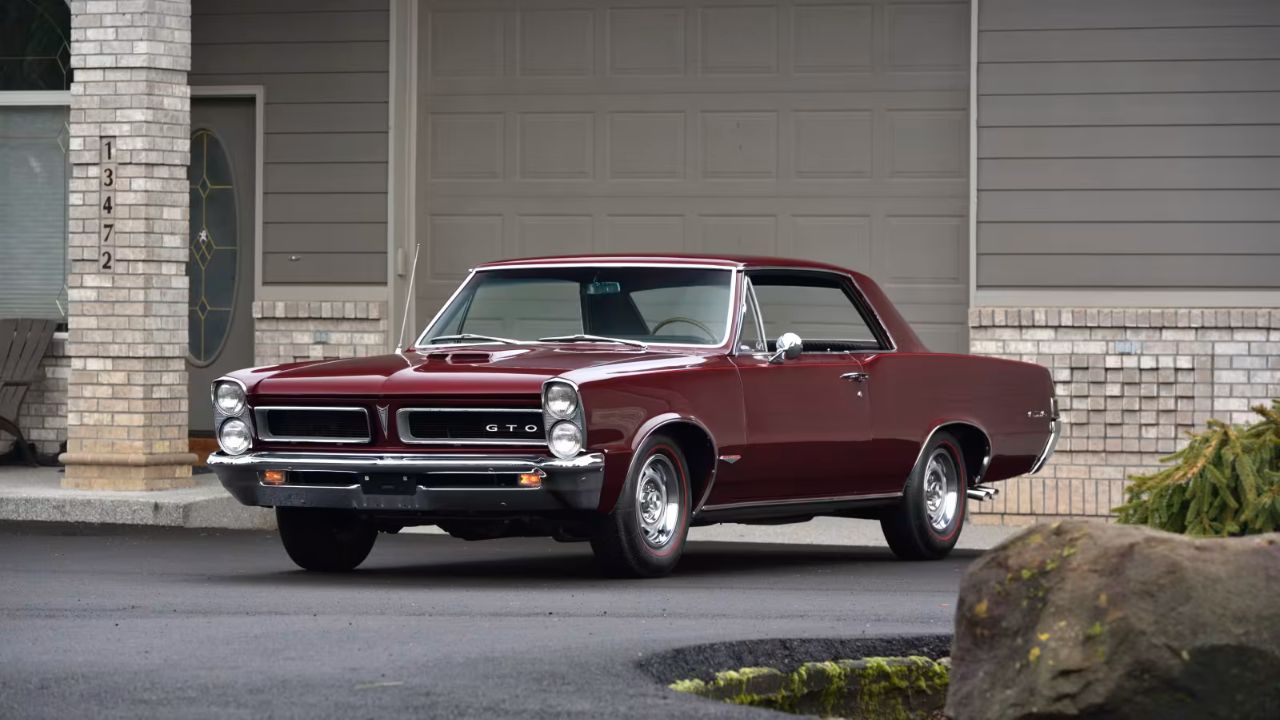
By 1965, the GTO became its own model line, and Pontiac leaned hard into marketing. It got stacked headlights, a revised grille, and Tri-Power carburetion as an option. Horsepower climbed to 360, and the 389 was available with a 4-speed and 3.90 gears.
Pontiac’s ad campaigns, led by Jim Wangers, made the GTO a cultural force. They didn’t just sell a car—they sold an image: street-ready, fast, and proud of it. Sales jumped to over 75,000. The GTO wasn’t just a hit—it was the blueprint.
1966: Peak Popularity, New Styling
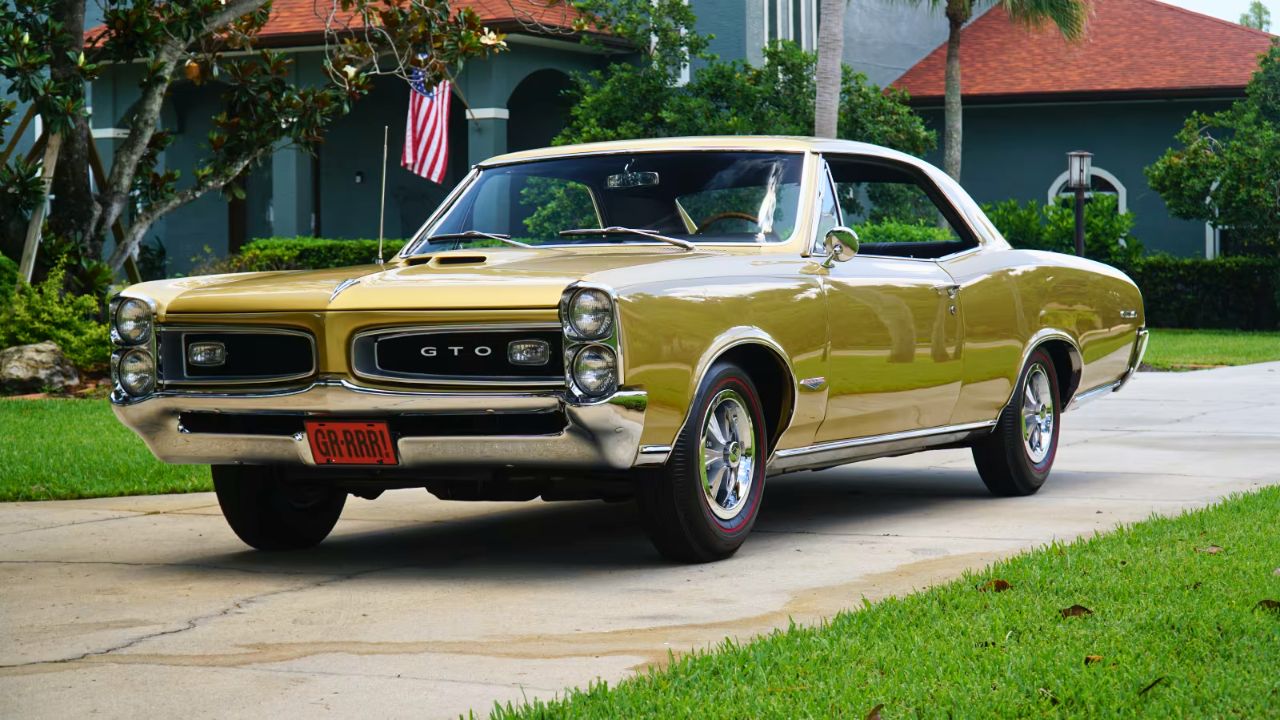
In 1966, the GTO got a full redesign with curvier body lines and Coke-bottle contours. The 389 carried over with minor updates, but the look was all new. It was the first time the GTO topped 96,000 units—its best year ever.
This was the moment when the GTO became more than a muscle car—it became a cultural symbol. It showed up in songs, movies, and driveways across the country. Everyone from teenagers to middle-aged buyers wanted one. It was fast, affordable, and everywhere.
1967: The 400 V8 Arrives
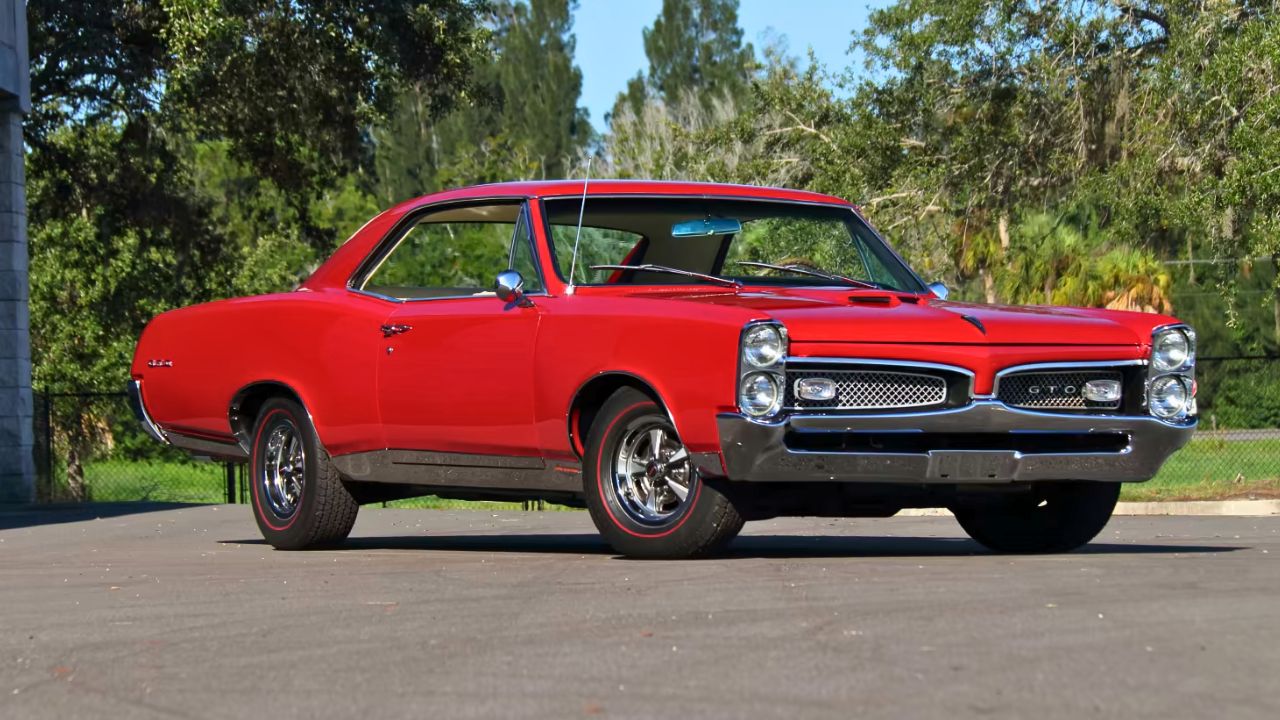
In 1967, Pontiac replaced the legendary 389 with a new 400-cubic-inch V8. The top engine option became the 400 HO, good for 360 horsepower. This year also marked the debut of the three-speed Turbo 400 automatic and available front disc brakes—finally catching up with the power under the hood.
Though sales dipped slightly, the ’67 GTO was more refined and better balanced. It still had muscle, but with added drivability. Pontiac had matured the formula without dulling its edge, and buyers noticed.
1968: A New Body, A Stronger Image
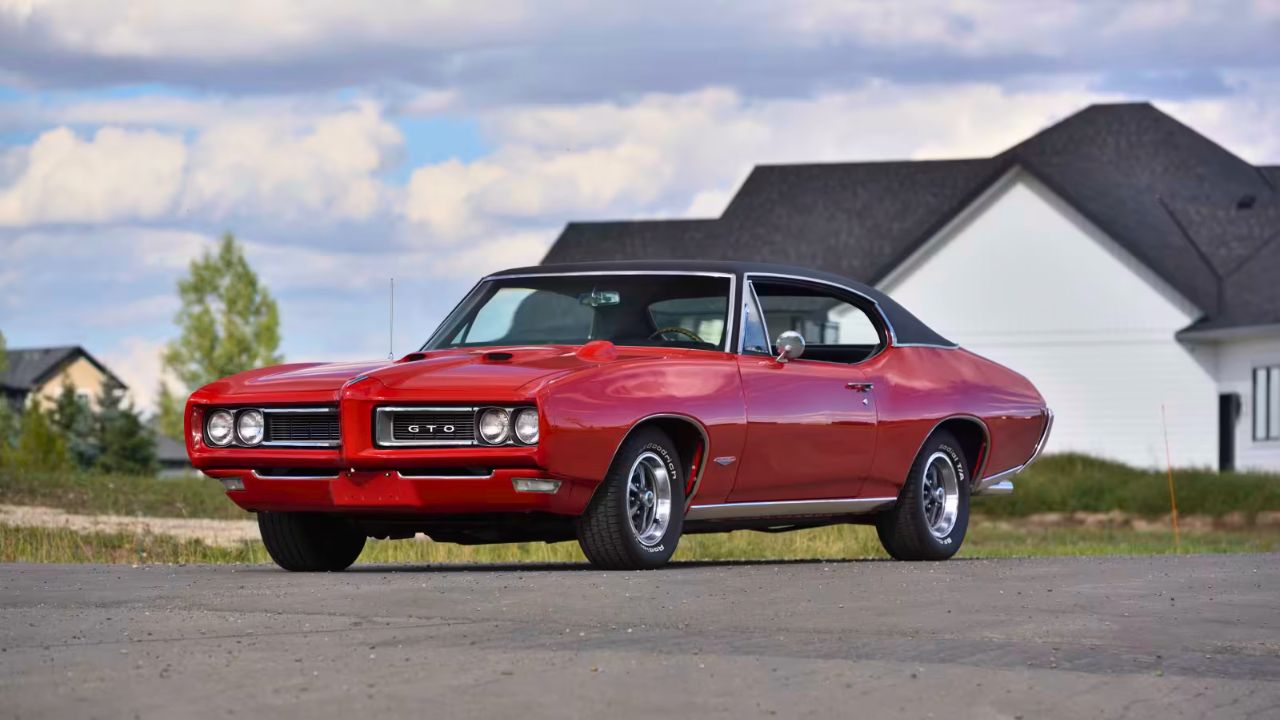
The GTO got a full redesign in 1968, ushering in the iconic fastback profile and hidden headlights. The wheelbase shrank, and the car looked tighter and meaner. The engine lineup stayed strong, with the 400 HO and the new Ram Air options.
Pontiac also introduced the Endura bumper—a body-colored, flexible nose that could take a hit and bounce back. It was both a design statement and a marketing goldmine. Sales hit 87,684 units, proving the muscle car trend wasn’t slowing down just yet.
1969: The Judge Enters the Arena
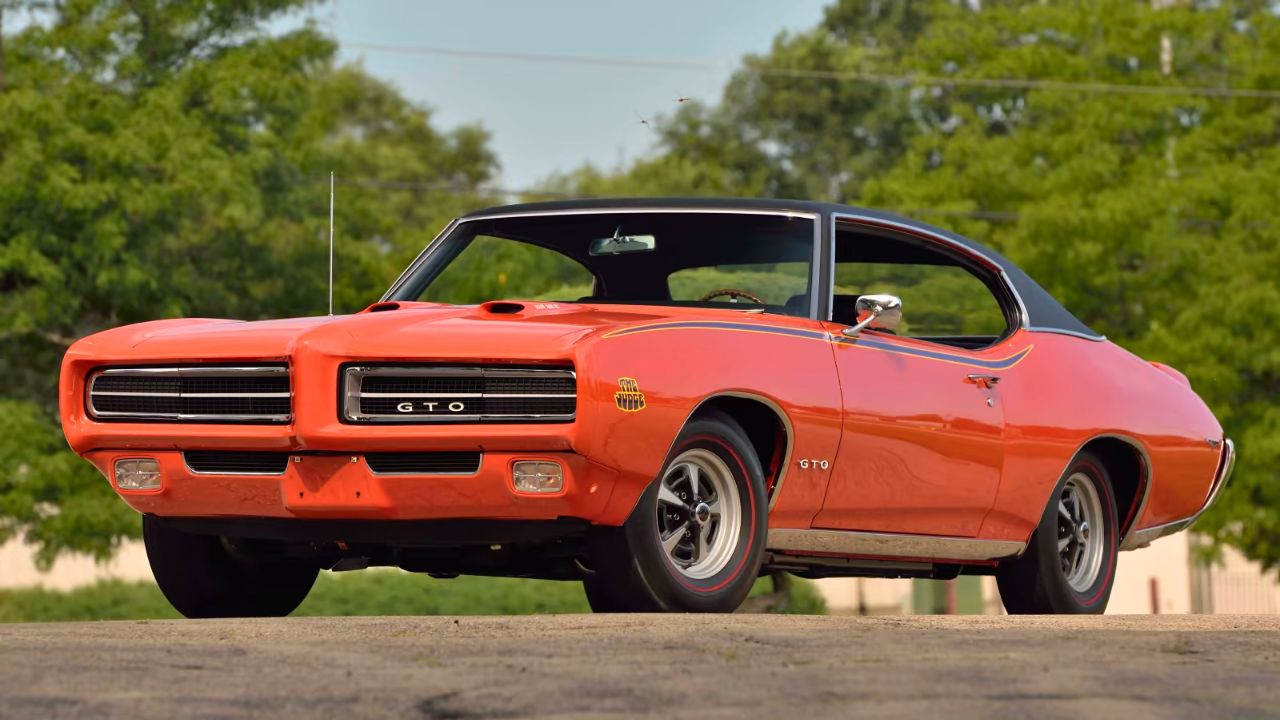
By 1969, the muscle car market was crowded, and Pontiac needed to stand out. The answer? The Judge. Originally intended as a low-cost stripper GTO, it morphed into a Ram Air III beast with wild graphics, rear spoiler, and bold colors.
Powered by a 366-hp 400 and available with the Ram Air IV, The Judge was as loud as it was quick. Sales totaled 6,833—a fraction of GTO numbers, but enough to cement its place in Pontiac legend. It was pure muscle theater.
1970: Bigger Engines, Bigger Competition
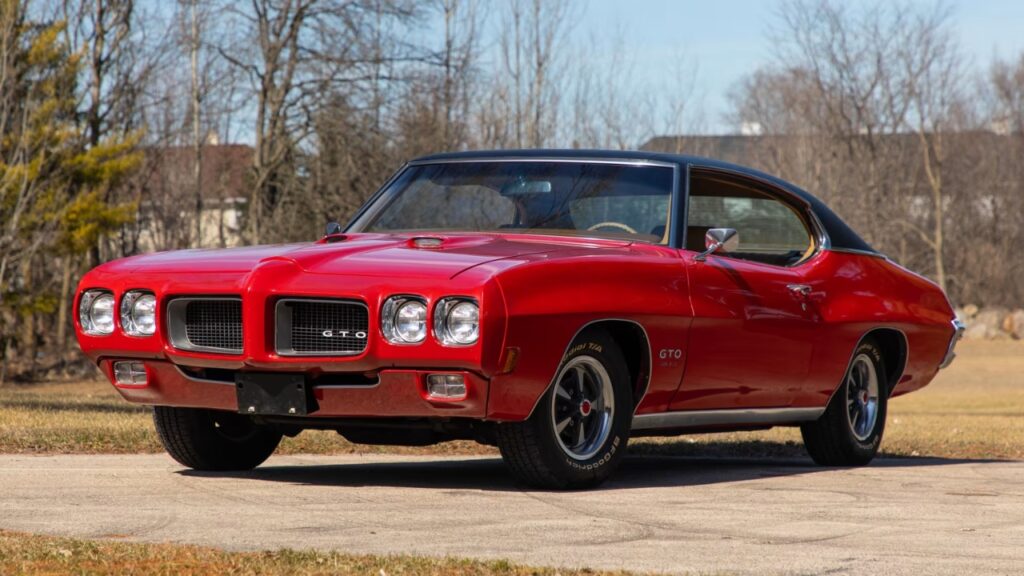
By 1970, the GTO was facing stiff competition from both inside and outside GM. To keep up, Pontiac offered a new 455-cubic-inch V8, available in both standard and HO trim. The Ram Air IV stuck around too, but insurance premiums and rising prices started to hurt.
The styling was bolder, with a new Endura nose and wider fenders, but sales dropped to just over 40,000. The muscle car market was getting saturated—and the GTO, once a rebel, was now one of many players. Performance was still strong, but the storm clouds were forming.
1971: Compression Drops, So Do Sales
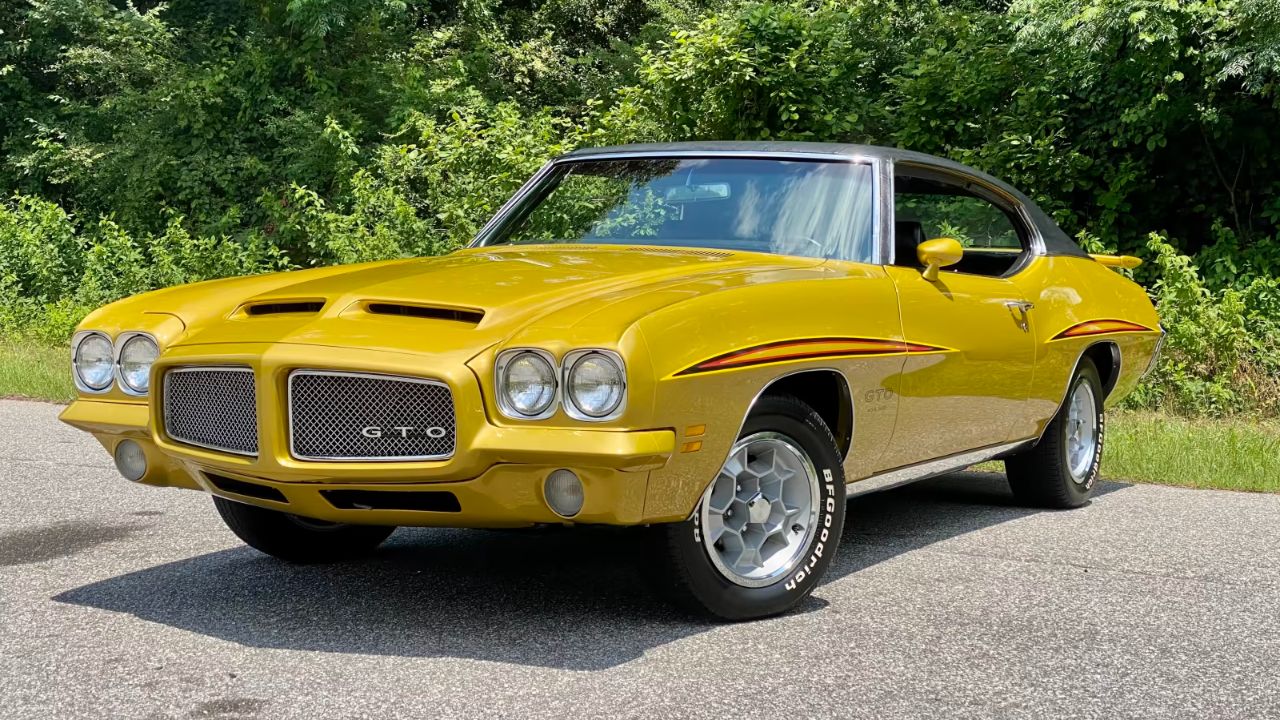
Federal emissions standards forced Pontiac to reduce compression across the engine lineup in 1971. Horsepower ratings were now listed in net rather than gross figures, making numbers look worse—even if real-world performance wasn’t dramatically different.
Visually, the GTO got a facelift with a split grille and smoother lines, but the market was shifting. Muscle cars were becoming targets for regulators, insurers, and even public opinion. GTO production fell to just over 10,000 units—a dramatic slide.
1972: The GTO Becomes an Option Again
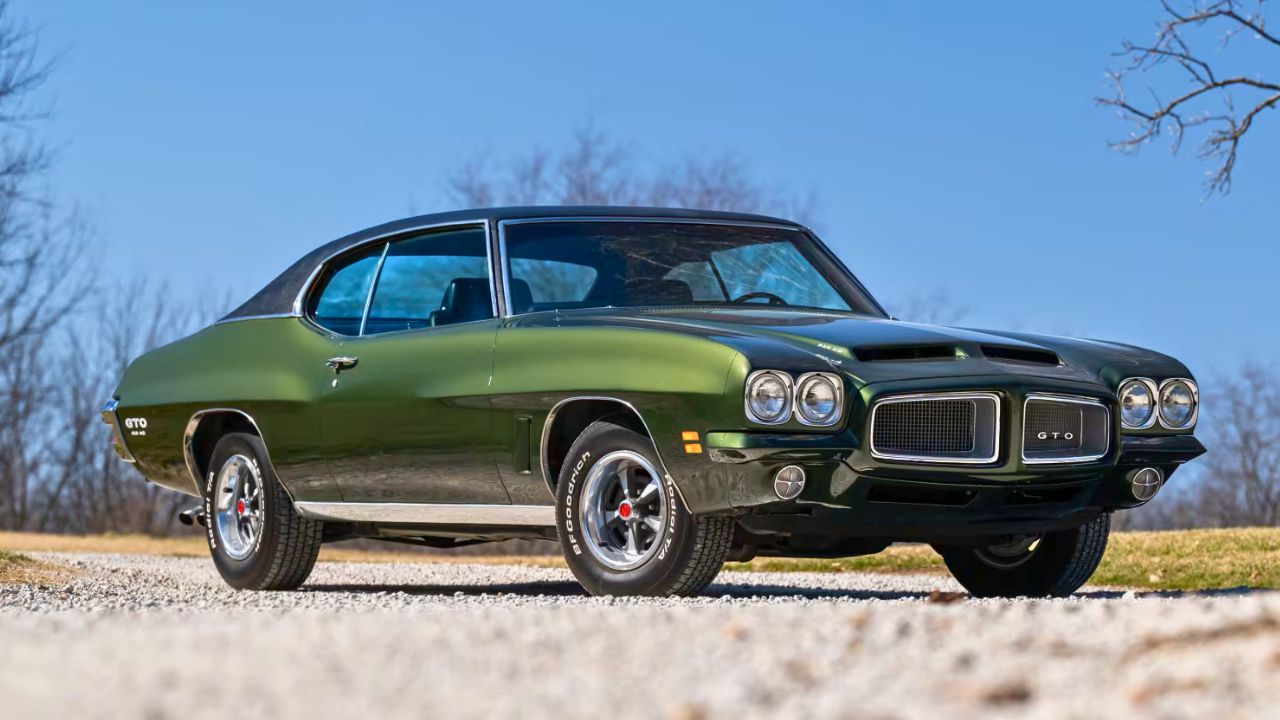
In 1972, the GTO was no longer its own model. It returned to being an option package on the LeMans, signaling a clear step backward. The 400 and 455 engines remained, but power ratings continued to fall due to emissions equipment and tuning.
Sales dropped again to just 5,807 cars. What had once been a game-changing icon was now fighting just to stay relevant. The decline of the muscle car era was well underway, and even Pontiac couldn’t outrun it.
1973: Colonnade Style, Muscle in Name Only
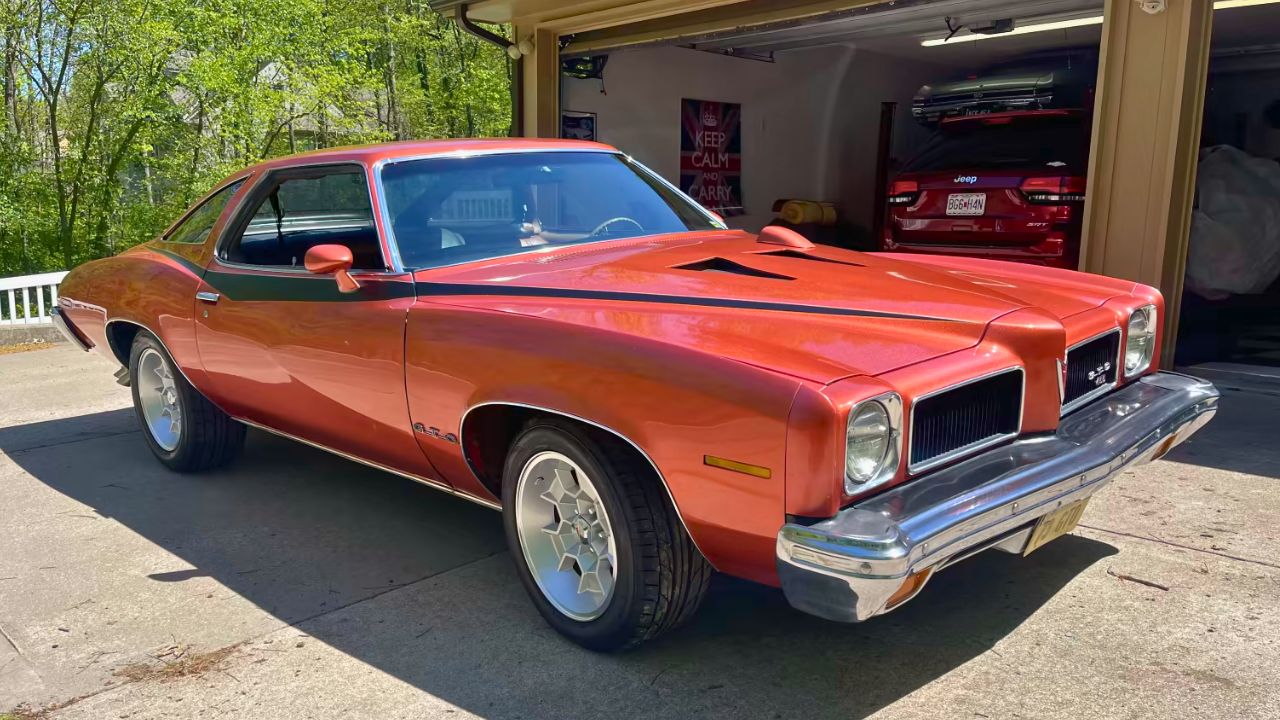
The GTO’s 1973 redesign brought the larger, heavier Colonnade body style with fixed B-pillars and more focus on comfort. The engines were still available—400 and 455 CID—but they were now quiet, smog-choked versions of their former selves.
Pontiac sold only 4,806 GTOs in ’73. The writing was on the wall. Insurance costs, fuel prices, and tightening emissions standards were squeezing muscle cars out of the mainstream. The GTO, once a cultural benchmark, had faded into near obscurity.
Like what you read? Here’s more by us:
*Created with AI assistance and editor review.

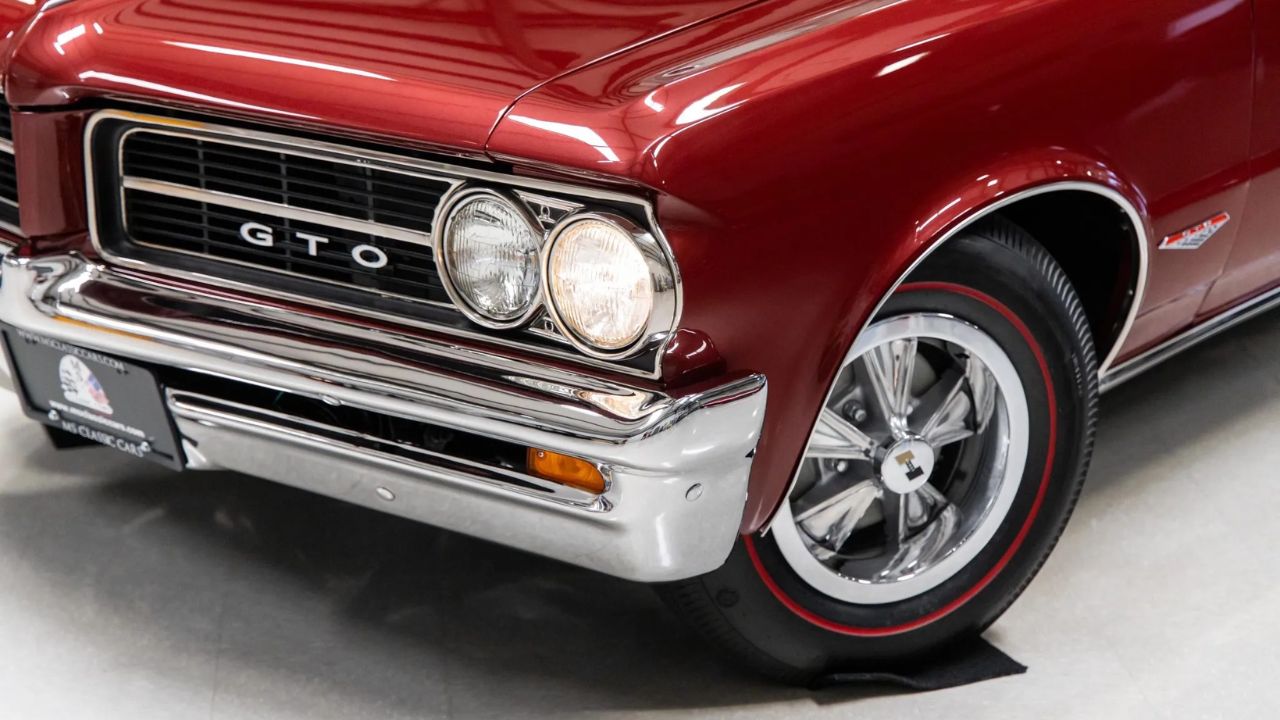
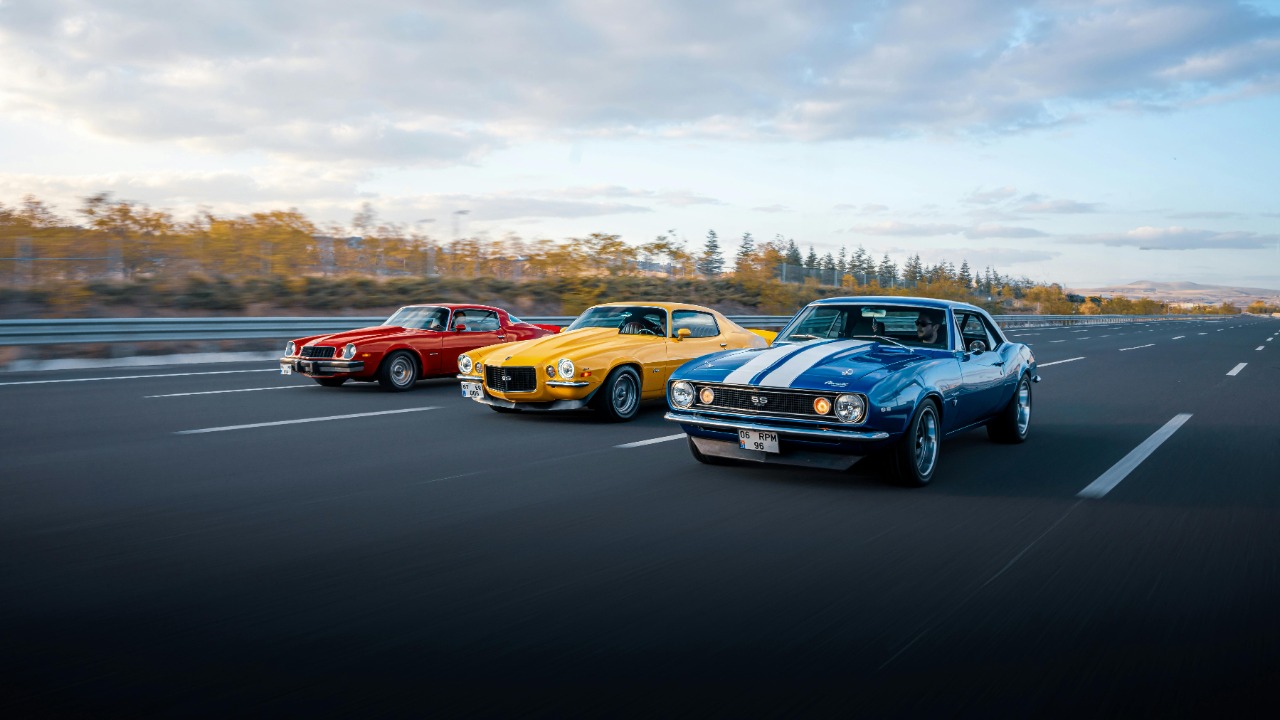

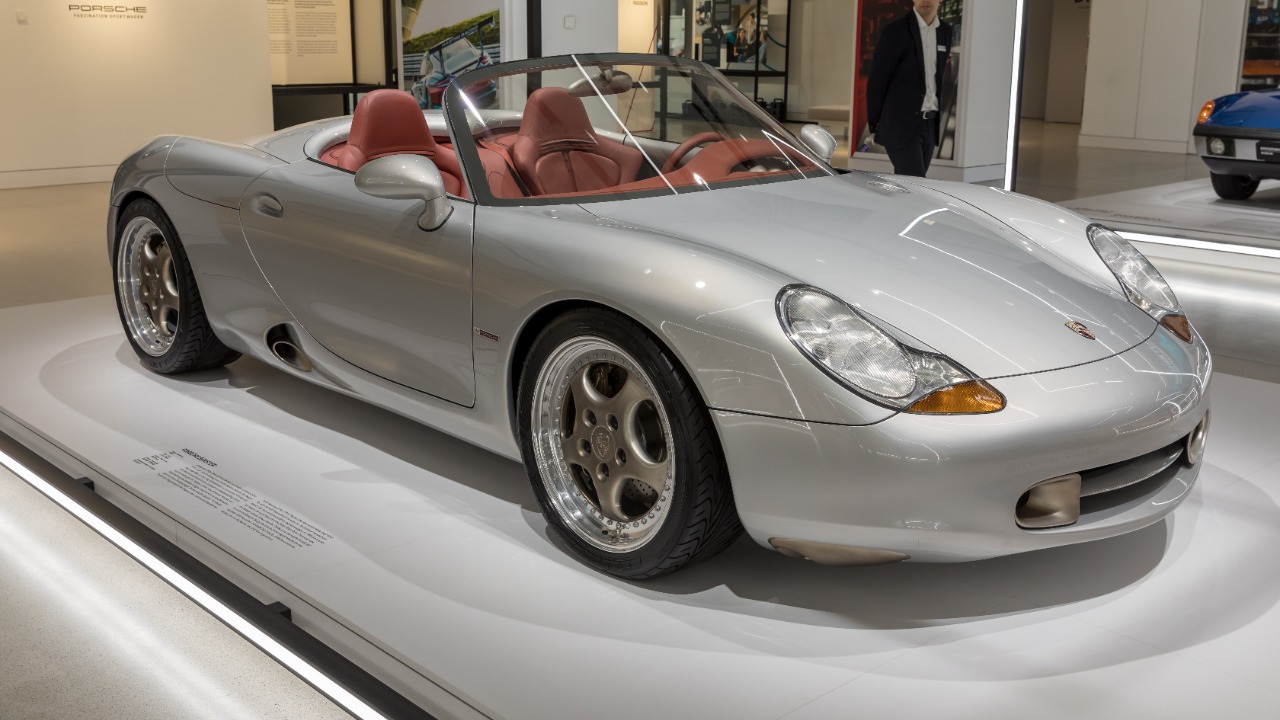
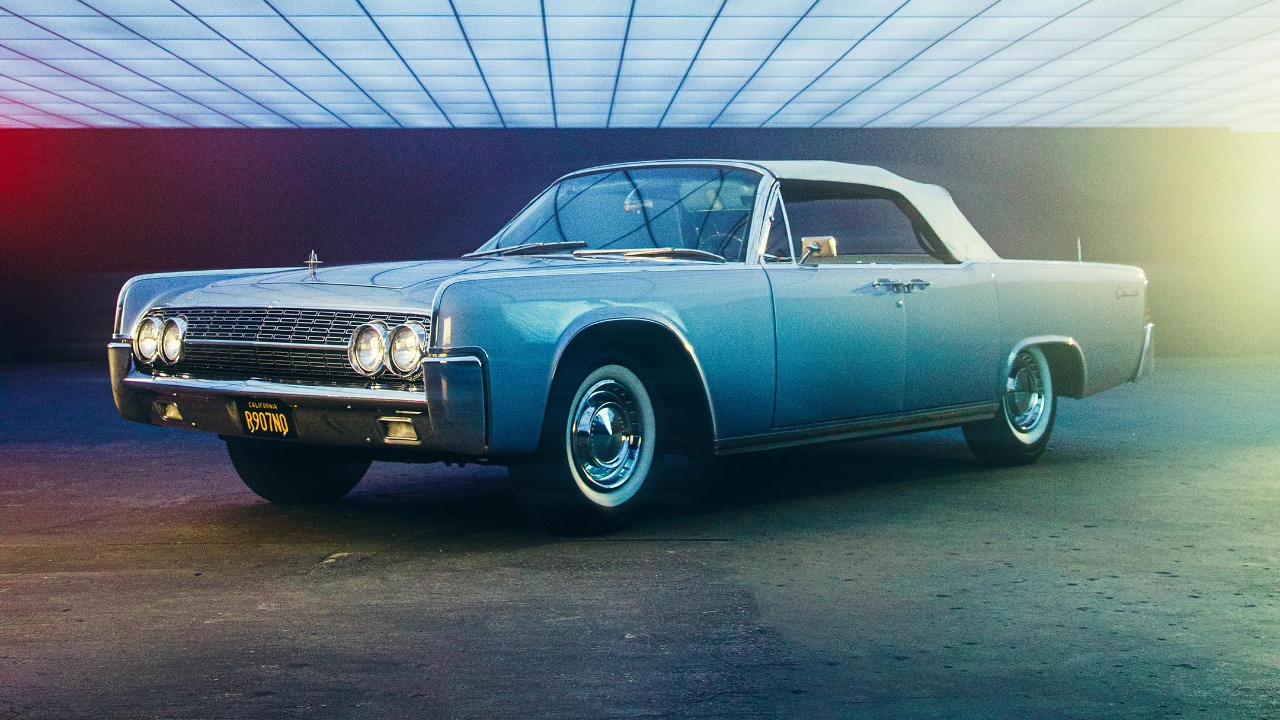

Leave a Reply